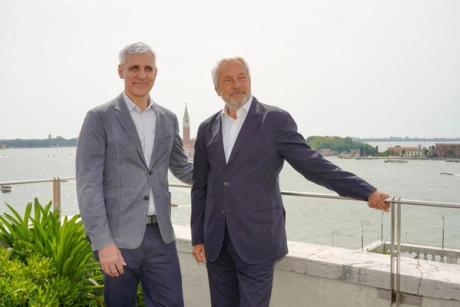
Adriano Pedrosa, curator of the 2024 Venice Biennale, set out his vision for the 60th International Art Exhibition next year (April 20-November 24, 2024). His Venice show, titled Strangers everywherewill be interested in “artists themselves foreigners, immigrants, expatriates, diasporic, emigrants, exiles, refugees”, he specifies in a press release.
The idea of the foreign—outsider or outsider—is integral to its curatorial concept, referring to “the queer artist, who has evolved within different sexualities and genders, often persecuted or banned; the outsider artist, who is on the fringes of the art world, like the autodidact and the so-called folk artist; as well as the native artist, often treated as a foreigner in his own country”.
Pedrossa, who was appointed curator at the end of last year, says his show will subsequently reflect economic and socio-political issues. “The backdrop to the work is a world plagued by multiple crises regarding the movement and existence of people across countries, nations, territories and borders, which reflect the perils and pitfalls of language, translation and ethnicity, expressing differences and disparities conditioned by identity, nationality, race, gender, sexuality, wealth and freedom,” he adds.
Pedrosa pointed out in a livestreamed briefing earlier today that the Biennale will feature a “Nucleo Storico”, a section featuring works by 20th-century artists from Latin America, Africa, the Arab world and Egypt. Asia. A special section of the “Nucleo Storico” will be dedicated to the global Italian artistic diaspora of the 20th century.
“[These are] Italian artists who have traveled and moved abroad to develop their careers in Africa, Asia, Latin America, as well as the rest of Europe, integrating into local cultures – and who have often played a important role in developing narratives of modernism beyond Italy,” he said.
Roberto Cicutto, president of the Venice Biennale, said that “there has never been a curator from a Latin American country” (Pedrosa is the director of MASP, the São Paulo Museum of Art) .
“There has always been a significant participation of South American artists at the Biennale. But it’s very different when they’re invited by a curator who has roots in the same culture and has developed a global vision over the years,” Cicutto said. “It’s not only an aesthetic point of view, but also a geographical one, like in the cinema when you shoot the same scene in reverse.”
